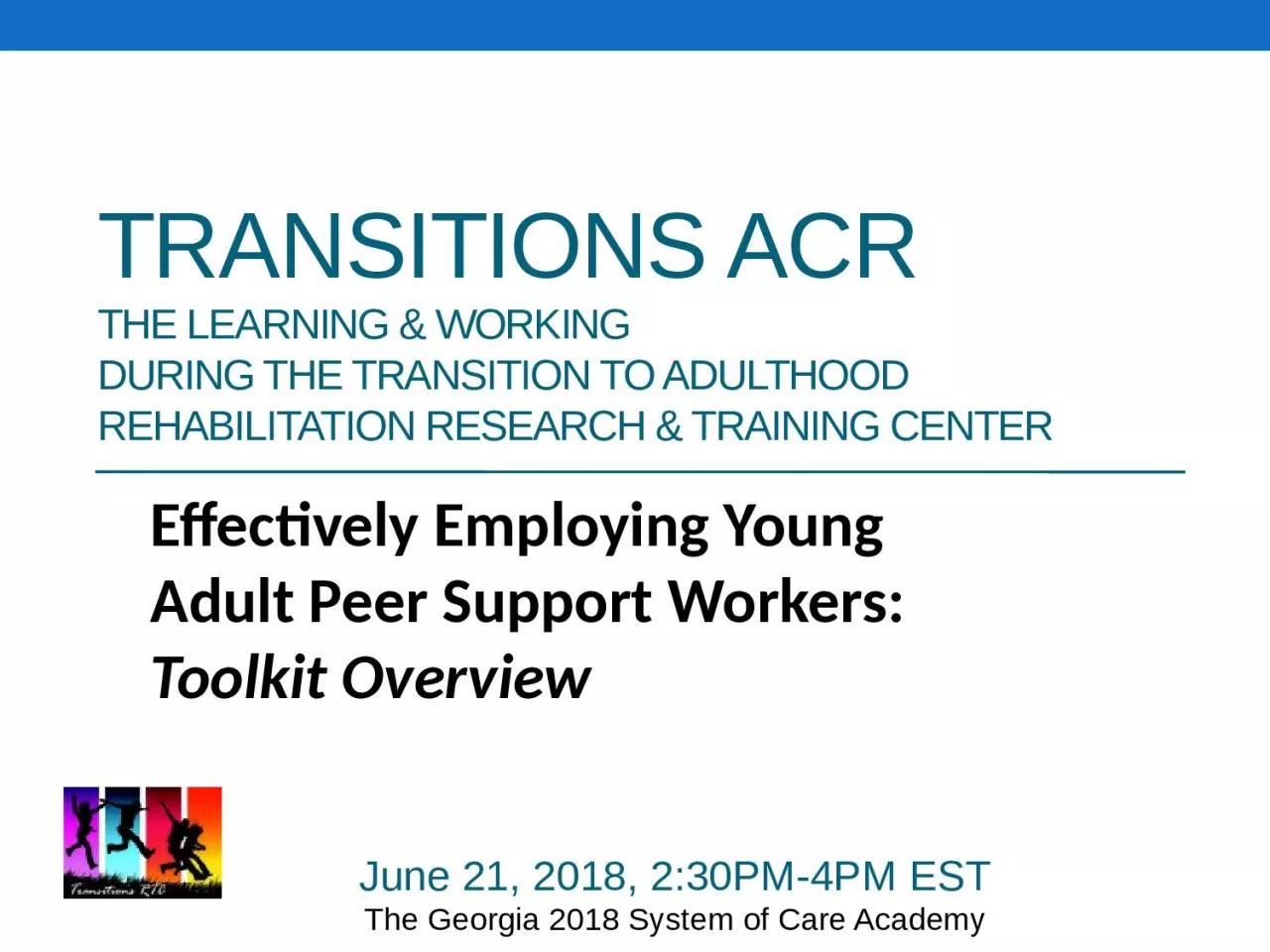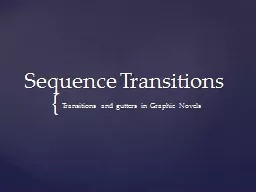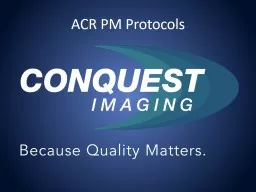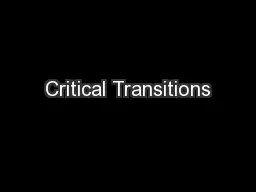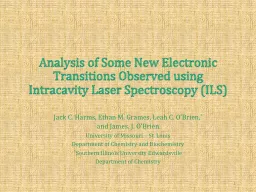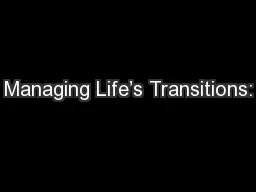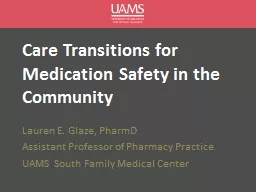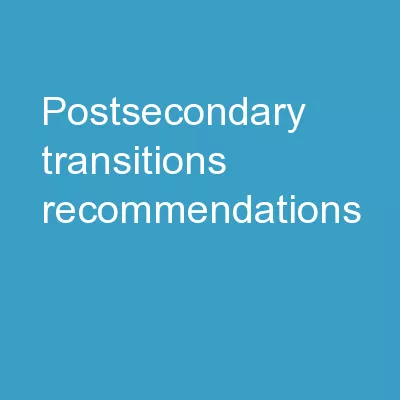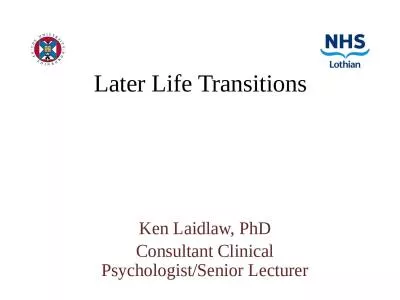PPT-Transitions ACR The Learning & Working
Author : willow | Published Date : 2024-01-13
During the Transition to Adulthood Rehabilitation Research amp Training Center June 21 2018 230PM4PM EST The Georgia 2018 System of Care Academy Effectively Employing
Presentation Embed Code
Download Presentation
Download Presentation The PPT/PDF document "Transitions ACR The Learning & Worki..." is the property of its rightful owner. Permission is granted to download and print the materials on this website for personal, non-commercial use only, and to display it on your personal computer provided you do not modify the materials and that you retain all copyright notices contained in the materials. By downloading content from our website, you accept the terms of this agreement.
Transitions ACR The Learning & Working: Transcript
Download Rules Of Document
"Transitions ACR The Learning & Working"The content belongs to its owner. You may download and print it for personal use, without modification, and keep all copyright notices. By downloading, you agree to these terms.
Related Documents

